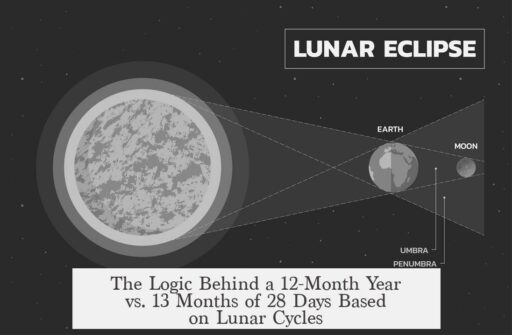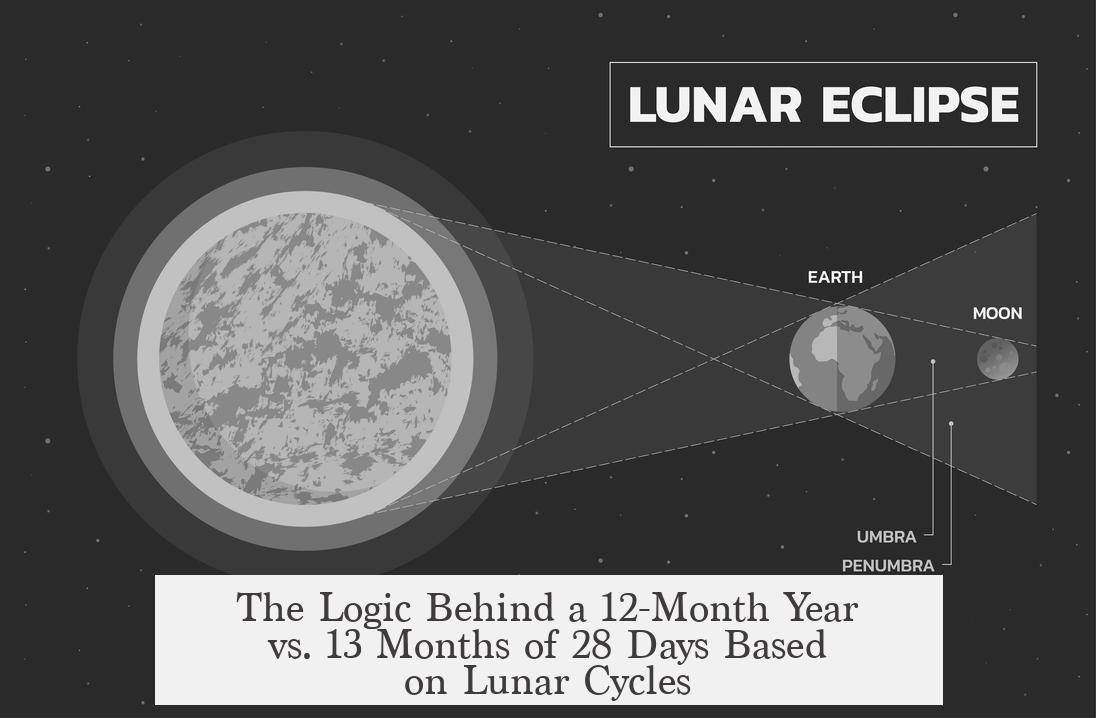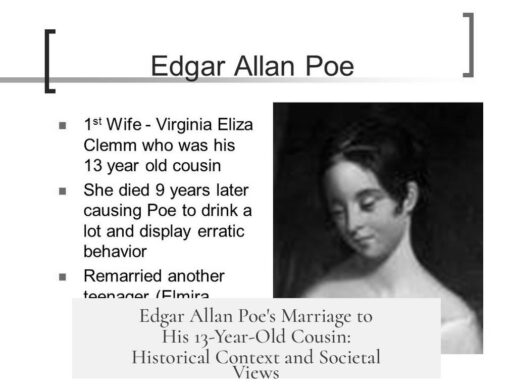The year is divided into 12 irregularly arranged months rather than 13 equal 28-day months due to the complex interplay between the solar year, lunar cycles, historical developments, and cultural preferences. This arrangement balances the needs of aligning with the Earth’s orbit around the sun, the phases of the moon, and practical considerations for society.
The Earth’s orbit defines the solar or tropical year, lasting about 365.24 days. This value is key to calendars used for agriculture and seasonal planning. Months based purely on the lunar cycle, which lasts approximately 29.53 days (a synodic month), total about 354 days over 12 months. This falls roughly 11 days short of the solar year, meaning a calendar aligned strictly to lunar months shifts through the seasons over time. This shift is observed in the Islamic calendar, where months cycle through seasons every 33 years.
The arithmetic reveals a challenge: dividing 365.24 days evenly by the lunar month length yields 12.37 months per year, not a neat whole number. Therefore, simply adopting 13 lunar months of 28 days (which total 364 days) does not match the solar cycle precisely. To keep lunar calendars aligned with seasons, some cultures add leap months periodically—as the Jewish calendar inserts seven leap months every 19 years. This solution, although effective, complicates calendar calculations.
Historically, many civilizations chose 12 months over 13, recognizing the awkwardness of working with prime numbers like 13. Twelve is divisible by 2, 3, 4, and 6, facilitating easier subdivision of the year into quarters and thirds for agricultural and administrative purposes. Scholars note that this preference is nearly universal across calendar systems, including lunar, solar, and lunisolar ones.
The Gregorian calendar, currently the most widely used, reflects this compromise. Months vary between 28 and 31 days, summing close to 365.24 days, with leap years every four years to correct residual errors. February gains an extra day during leap years to maintain alignment with the solar year. This system prioritizes the solar cycle, as it governs seasonal changes vital to agriculture and human activity.
Attempts to establish a calendar with 13 months of 28 days each reflect scholarly and reformist designs such as the International Fixed Calendar (also called the Cotsworth or Eastman calendar). This design offers 13 months totaling 364 days, plus an extra “Year Day” to reach 365 days. The calendar fixes each date to a consistent weekday every year, simplifying planning and scheduling. Despite advantages like predictability and even month lengths, it was never widely adopted, in part due to cultural inertia and the upheaval it would cause in seasonal and fiscal traditions.
The resistance to the adoption of the 13-month calendar also stems from several social and cultural considerations. Seasonal festivals, farming cycles, and financial quarters are deeply embedded in the 12-month framework. A shift to 13 equal months risks complicating these established rhythms. While proponents argue that 13 months provide greater harmony with natural cycles, this advantage is largely theoretical because institutions rely on astronomical observations and not just the calendar for precise celestial events.
Mathematical considerations further explain the current system. An ideal number for dividing a year would factor into smaller, manageable numbers. While 360 days (divisible by 12 and 30) is mathematically appealing, it does not reflect Earth’s actual orbit. The genuine tropical year involves fractions and decimals, forcing calendars to adopt a mix of month lengths and leap days to maintain accuracy.
Lastly, the observability of months matters. Lunar phases are visible and easy to track, but the moon does not complete 13 exactly 28-day cycles per year. This makes pure lunar-based calendars dissonant with the solar year. Artificial, equal-length 28-day months lack natural observational markers, making them less intuitive to ancient societies dependent on visible celestial cues.
In summary, the 12-month calendar is a result of balancing astronomical facts, cultural acceptance, and practical usability. Despite the appeal of a simpler 13-month, 28-day structure, it fails to synchronize well with the solar year or align with lunar phases, leading societies worldwide to maintain the traditional 12-month system with more complex month lengths and periodic leap adjustments.
| Aspect | Reason for 12-Month Division | Reason Against 13-Month, 28-Day Calendar |
|---|---|---|
| Astronomical Alignment | 12 months approximate the lunar cycles within a solar year; leap days correct discrepancies | 13 × 28 = 364 days, shorter than the solar year, making seasonal alignment inaccurate |
| Mathematical Divisibility | 12 is divisible by 2, 3, 4, facilitating quarters and thirds | 13 is a prime number, complicating division of the year and its quarters |
| Cultural and Social Traditions | Established festivals, agriculture, and business align with 12 months | 13-month calendar disrupts fiscal quarters and seasonal traditions |
| Observability | Lunar cycles approximate 29.5 days, visible phases guide month transitions | 28-day months lack astronomical observability and natural monthly markers |
| Historical Precedence | Many cultures settled on 12 months based on historical and astronomical reasons | Attempts at 13-month calendars have low adoption and social inertia |
- Earth’s solar year (~365.24 days) governs calendar design more than lunar months.
- Lunar months (~29.53 days) do not fit evenly into the solar year, complicating 13 equal months.
- 12 months balance divisibility, cultural tradition, and alignment with seasonal cycles.
- Leap days and months correct calendar drift and maintain solar synchronization.
- Proposed 13-month calendars offer regularity but lack astronomical and social practicality.




